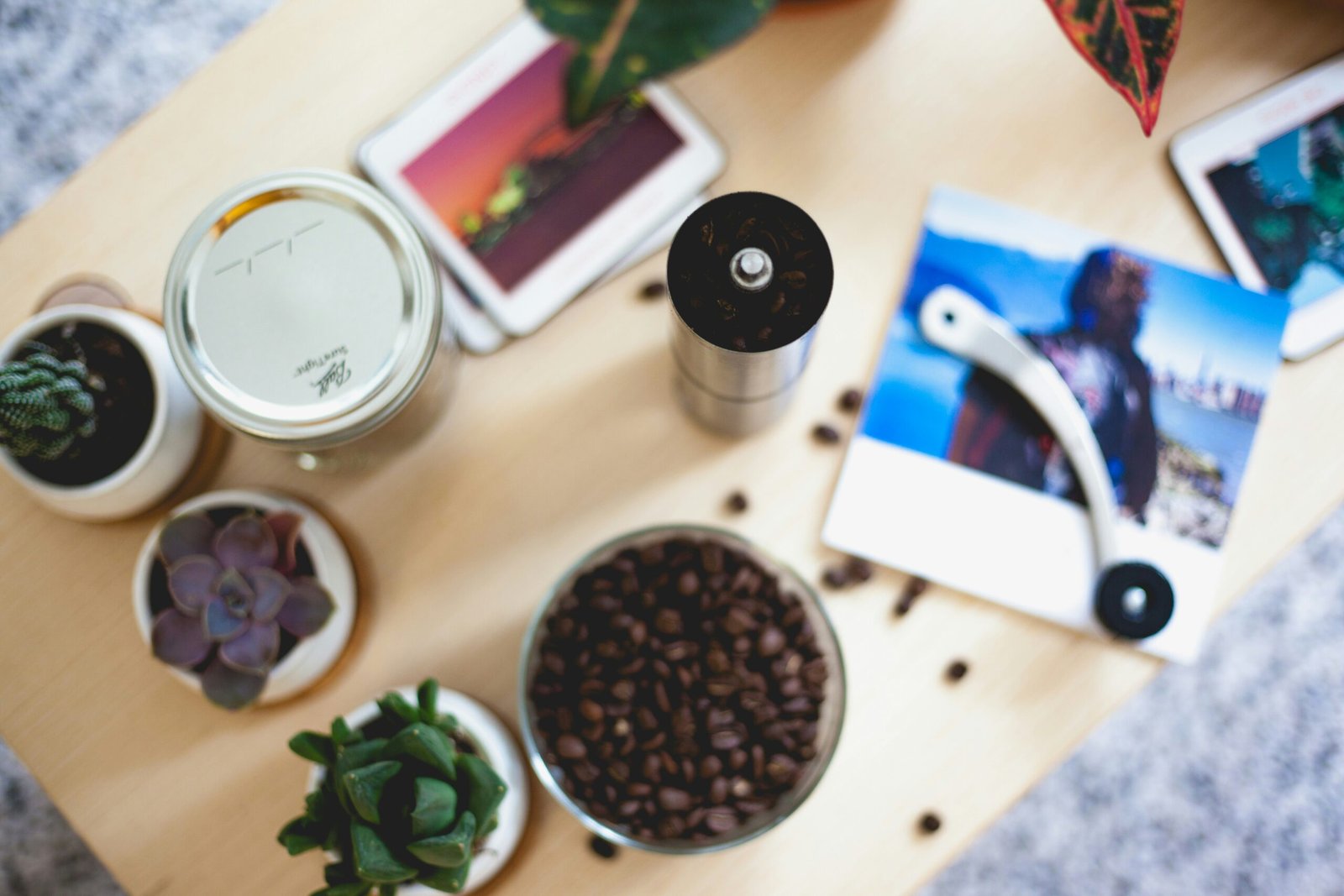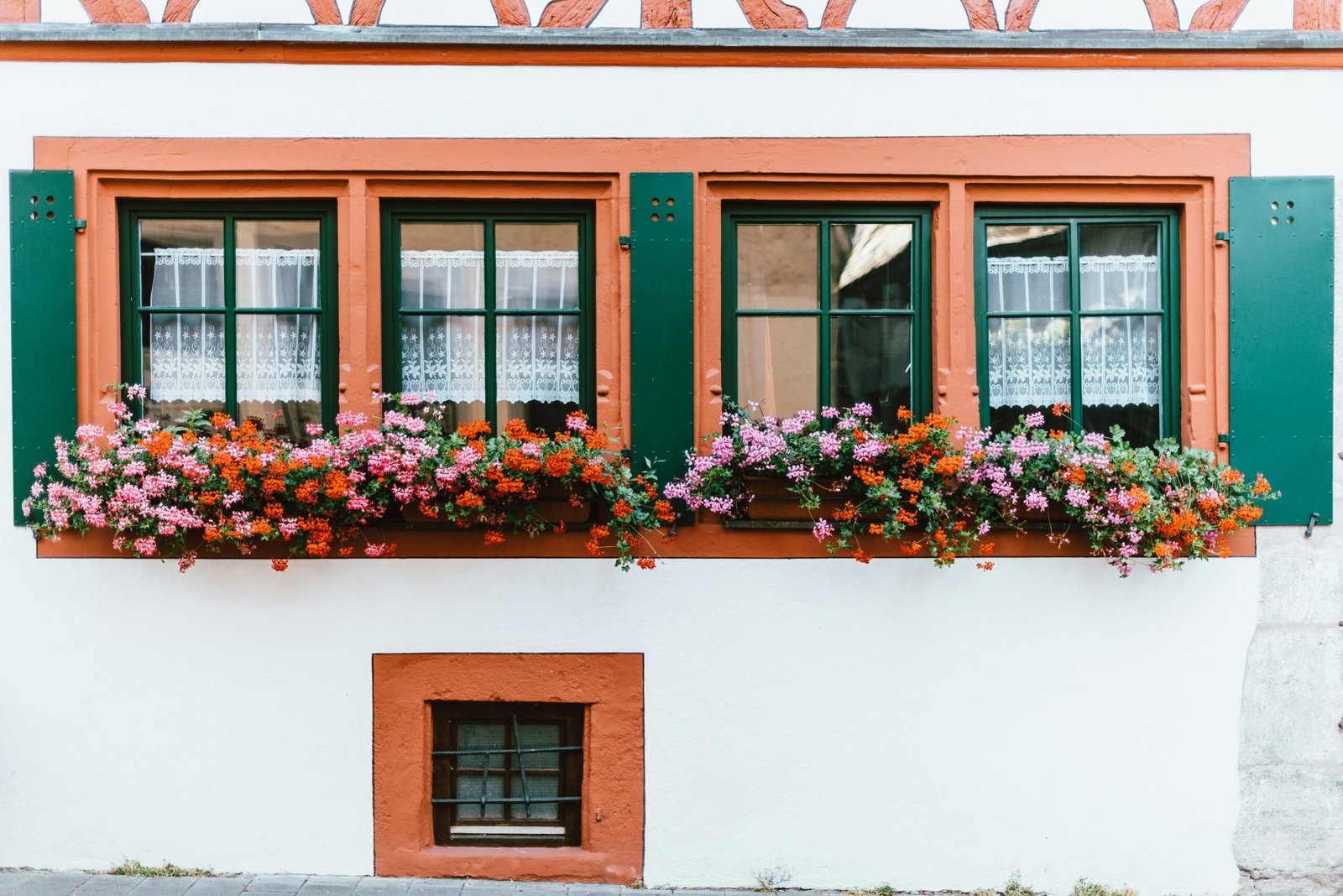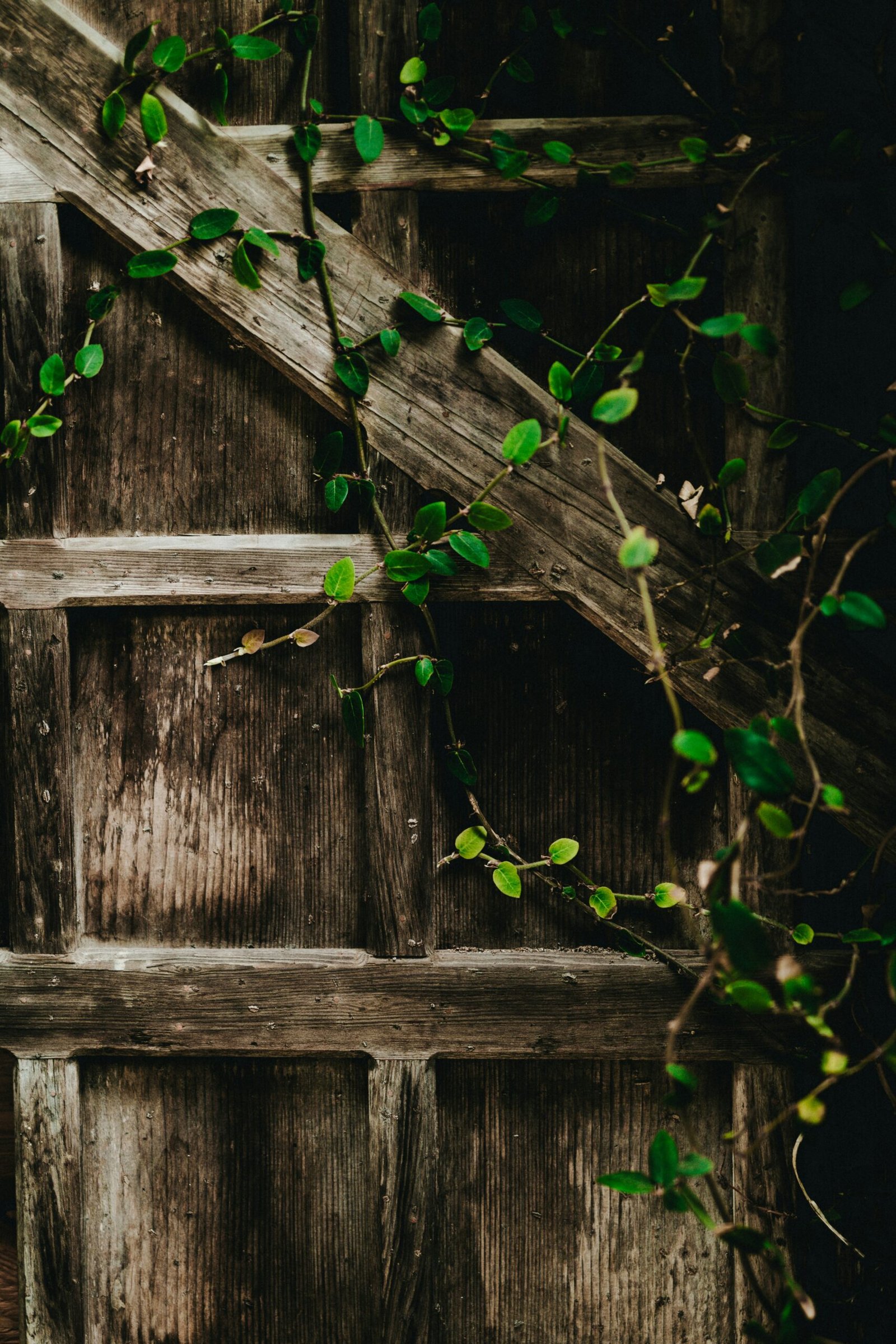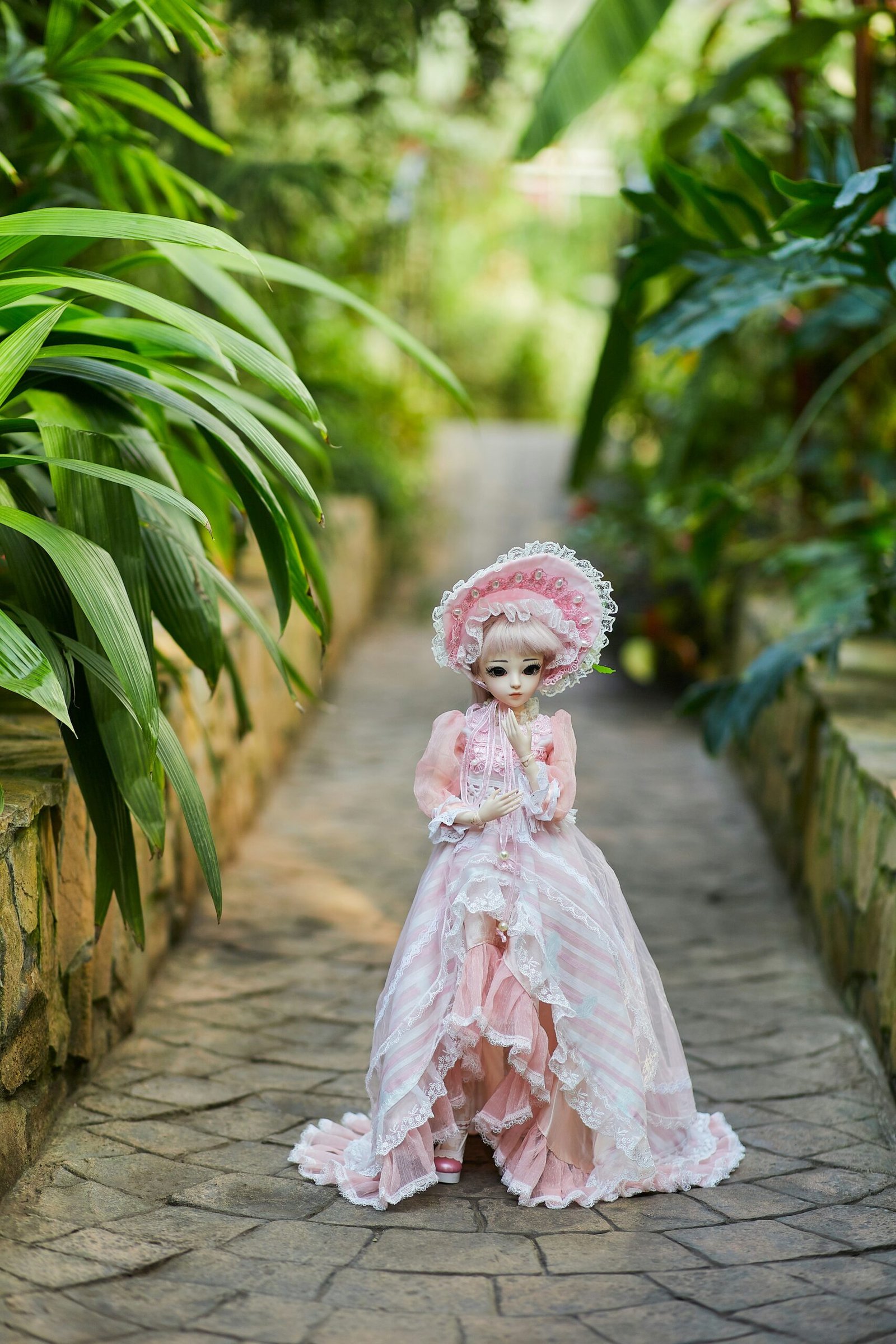Succulent arrangements have become a popular choice for home decor in recent years, offering a unique blend of aesthetic appeal and practicality. These beautiful plants are renowned for their striking shapes, varied colors, and the ability to be arranged in countless creative ways, making them perfect for enhancing the visual appeal of any room.
The Beauty of Succulent Arrangements
Succulents come in an array of shapes and sizes, from the geometric allure of Echeveria to the trailing elegance of String of Pearls. This diversity allows for the creation of eye-catching combinations that can complement any decor style, whether modern, rustic, or eclectic. Their natural beauty brings a touch of the outdoors inside, helping to create a soothing and visually appealing environment.
Low Maintenance Requirements
One of the primary reasons succulents have surged in popularity is their low maintenance requirements. These hardy plants thrive on minimal water and can endure periods of neglect, making them an ideal choice for busy individuals or those lacking a green thumb. Succulents store water in their leaves, stems, or roots, enabling them to survive in dry conditions. This drought-tolerant nature reduces the need for frequent watering, allowing homeowners to enjoy their beauty without dedicating significant time to plant care.
Versatility in Home Decor
The versatility of succulents also adds to their appeal. Succulent arrangements can be tailored to fit various decor styles. In modern interiors, geometric planters and minimalist arrangements highlight the plants’ clean lines and unique structures. In contrast, rustic settings benefit from succulents in vintage containers, old wooden boxes, or even mason jars, adding an organic and earthy touch. Whether used as focal points in living rooms or as subtle accents on bookshelves and windowsills, succulent arrangements offer endless possibilities for personalization and creativity.
In essence, the blend of aesthetic charm, ease of care, and adaptability makes succulent arrangements a fantastic choice for home decor enthusiasts. Whether you are a seasoned gardener or a novice, incorporating these resilient and elegant plants into your living space offers a rewarding and visually delightful experience.
Choosing the Right Succulents and Containers
Selecting the appropriate succulents and containers is fundamental to creating eye-catching and enduring DIY succulent arrangements. The diversity within the succulent family offers numerous possibilities, as these plants are available in various sizes, colors, and textures. This versatility allows them to complement a wide range of decorative styles.
When choosing succulents, understanding their growth patterns and physical attributes is essential. Echeverias, known for their rosette shapes and vibrant hues, are excellent focal points in arrangements. Conversely, smaller varieties like haworthias and lithops serve as delightful accents with their distinctive forms and textures. Mixing different types, such as combining the towering elegance of crassulas with the trailing nature of sedums, can enhance visual interest and create a dynamic, layered effect.
Compatibility among succulents should be considered to ensure harmonious growth and maintenance. It’s advisable to group succulents with similar light, water, and soil requirements. For instance, placing drought-tolerant varieties together minimizes the risk of overwatering. Additionally, pay attention to the color palette; subtle greens can be juxtaposed with brilliant reds or purples for a striking contrast.
The container selection is equally crucial in achieving an attractive succulent arrangement. Conventional decorative pots in ceramic or clay are widely favored for their aesthetic appeal and functionality. Terrariums, whether open or closed, offer a modern, minimalist look and can showcase succulents beautifully. For those inclined towards sustainable practices, upcycled materials such as glass jars, teacups, or even wooden crates provide a unique, creative edge to the decor.
Matching succulents with their containers involves considering the overall aesthetic balance. For instance, a single large echeveria in a small, ornate pot can make a bold statement, while a collection of various mini-succulents in vintage teacups emits charm and whimsy. Ensuring the chosen container has adequate drainage is vital to maintaining the health of the plants. Employing creativity in aligning the aesthetic elements will ultimately result in a sophisticated and stylish succulent arrangement that enhances any home decor.
Step-by-Step Guide to Creating a Succulent Arrangement
Creating a succulent arrangement can be both a delightful and rewarding project, perfectly suited to enhance your stylish home decor. Follow these steps to ensure a beautiful and lasting display.
Preparing Your Container
Begin by selecting a container that suits your aesthetic, but remember functionality is key. It’s essential to ensure proper drainage to prevent root rot. If your chosen container lacks drainage holes, consider drilling some or adding a layer of coarse gravel or activated charcoal at the bottom. This layer aids in excess water runoff, which is crucial for the health of your succulents.
Soil Selection
Succulents require a soil mix that mimics their natural arid environment. Opt for a commercial cactus or succulent mix, which usually contains a blend of sand, perlite, and organic matter. This specific composition promotes quick drying and prevents water retention, essential for succulent health.
Arranging the Succulents
Once your container and soil are prepared, it’s time to design your arrangement. Consider design principles such as balance, proportion, and focal points. Mix varying shapes, sizes, and colors of succulents, ensuring a harmonious composition. Tall or large succulents can serve as focal points, while smaller varieties can fill the gaps. Place these focal plants first, balancing the sides for visual appeal.
Planting and Spacing
Carefully plant each succulent into the soil, ensuring their roots are well covered but not buried too deeply. Space the plants adequately so they have room to grow. Gently press around each plant to secure it in the soil, being cautious not to damage the succulent’s leaves.
Adding Decorative Elements
Finally, enhance the visual appeal of your arrangement by adding decorative elements. Use pebbles, rocks, or moss to cover the soil surface. These not only add to the aesthetic charm but also help in moisture retention and preventing soil erosion. These creative touches will elevate the overall look of your succulent arrangement, making it a stylish centerpiece for your home decor.
With these steps, you can create a stunning succulent arrangement that brings life and elegance to any space. Enjoy the process and the long-lasting beauty of your handmade piece.
Caring for Your Succulent Arrangements
Maintaining healthy and vibrant succulent arrangements requires understanding their specific care needs. One of the most critical aspects of succulent care is proper watering. Over-watering or under-watering can significantly affect the health of your plants. It’s essential to water succulents thoroughly when the soil is completely dry. Typically, this means watering once every 1-2 weeks, though adjustments may be needed based on environmental conditions. Instead of watering the plant directly, water the soil to avoid excess moisture on the leaves, which can cause rot.
Light is another crucial factor to consider. Most succulents thrive in bright, indirect sunlight. Place your arrangements near a south or east-facing window where they can receive plenty of light without being scorched by direct rays. If natural light is insufficient, consider using a grow light to supplement their needs. Remember that too little light can make succulents grow leggy and too much direct sunlight can lead to sunburn.
Temperature and humidity also play a vital role in the well-being of succulents. These plants prefer a temperature range of 60-80°F (15-27°C). They are quite tolerant of dry climates, but excessive humidity can promote fungal growth and pests. If you live in a particularly humid area, ensure good air circulation around your plants to prevent mold and mildew.
Being prepared to handle common problems can save your succulent arrangements from deterioration. Pests such as spider mites, mealybugs, and aphids can be deterred by promptly treating affected plants with insecticidal soap or neem oil. For plant diseases, act quickly to remove any infected parts and adjust care routines to prevent recurrence.
General maintenance includes routine checks for damaged leaves, which should be carefully removed to promote new growth. Periodically rotate your arrangements to ensure even light exposure, and consider repotting every 1-2 years to replenish soil nutrients.
By following these care guidelines, your succulent arrangements will not only survive but thrive, enhancing your home decor with their striking beauty and resilience.



